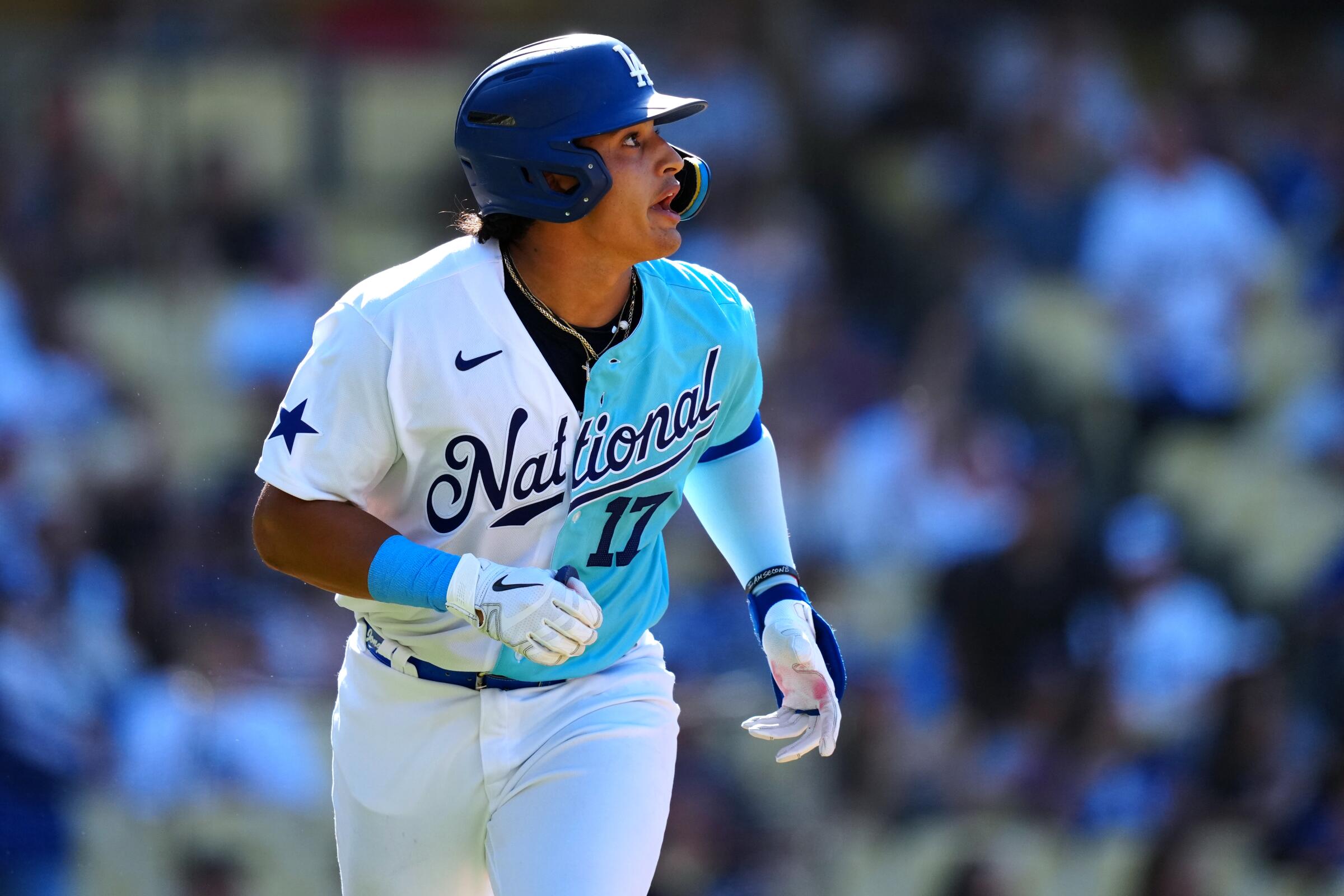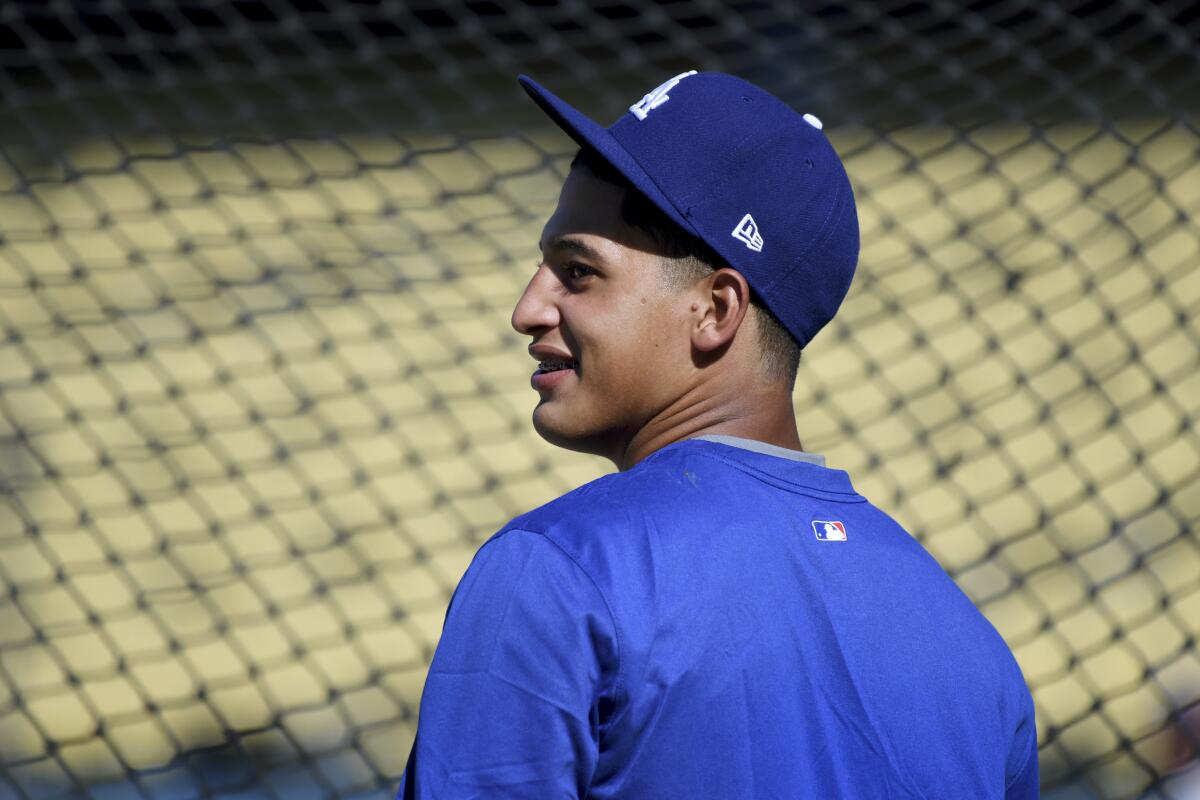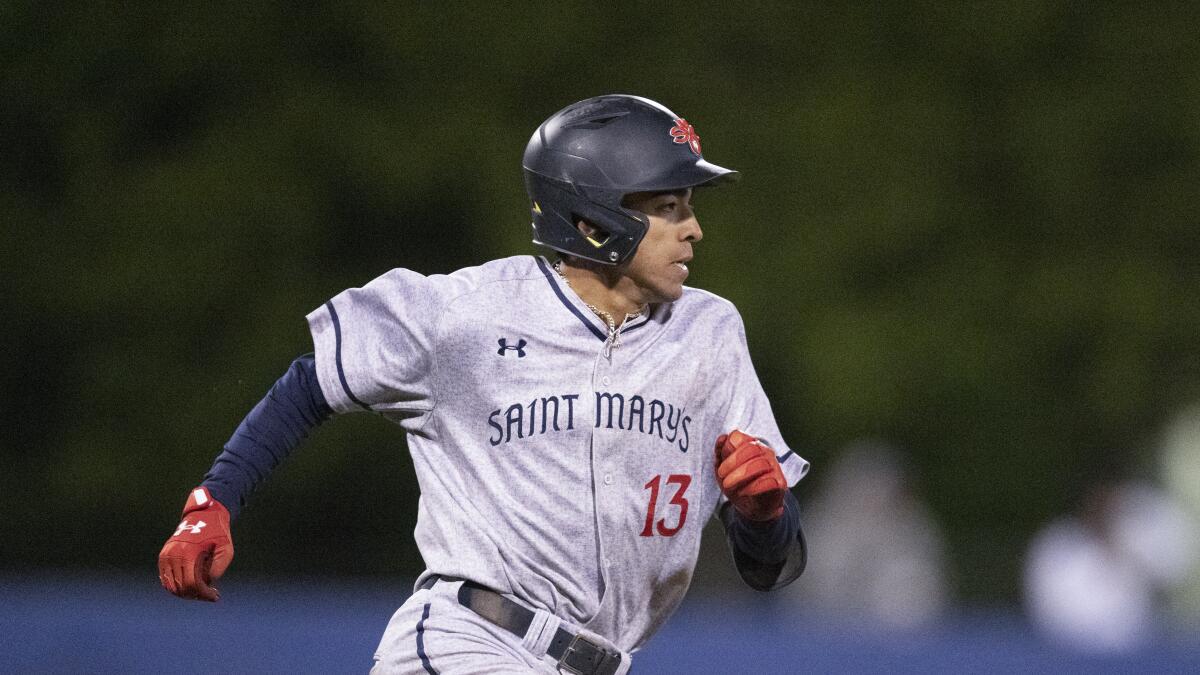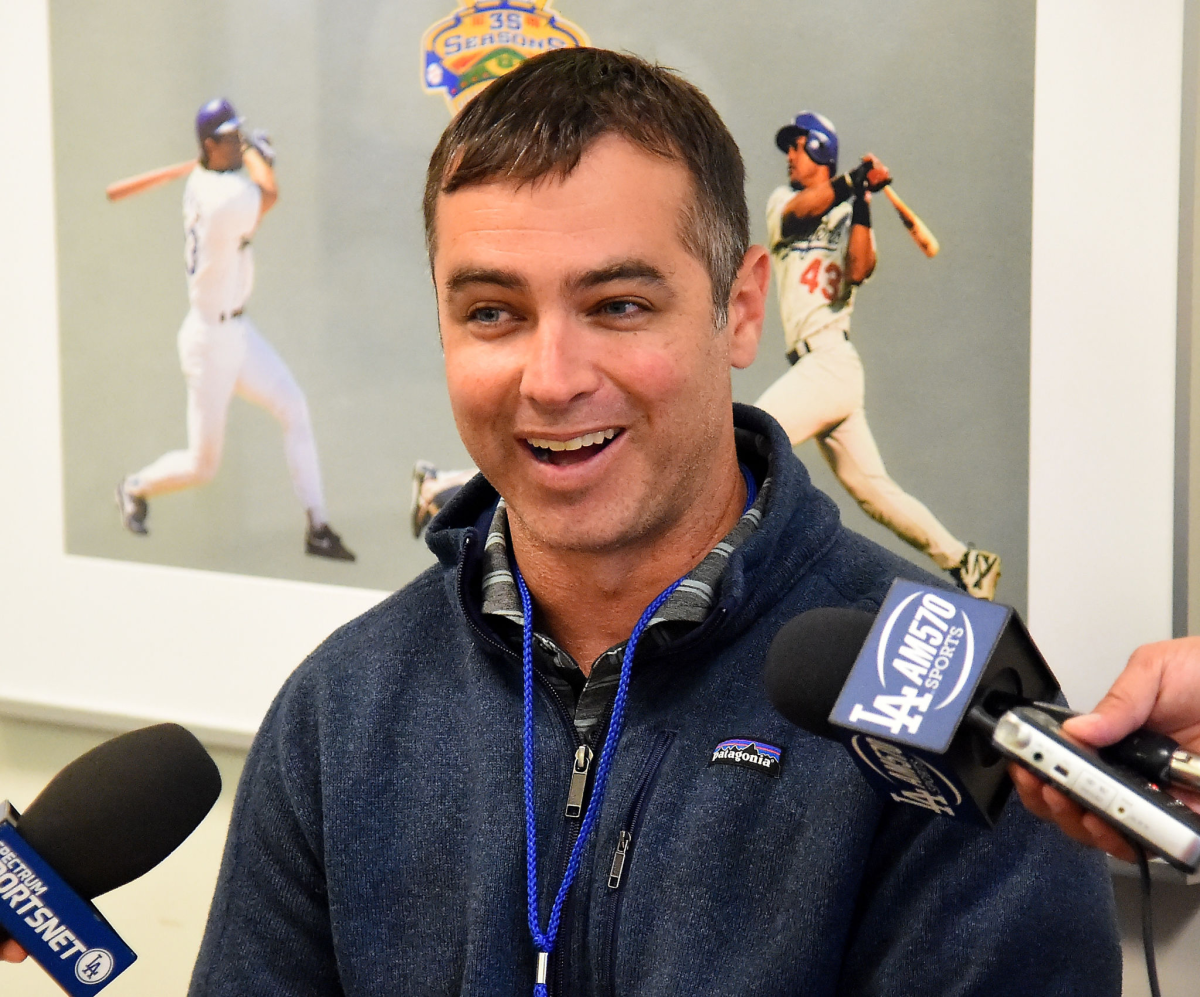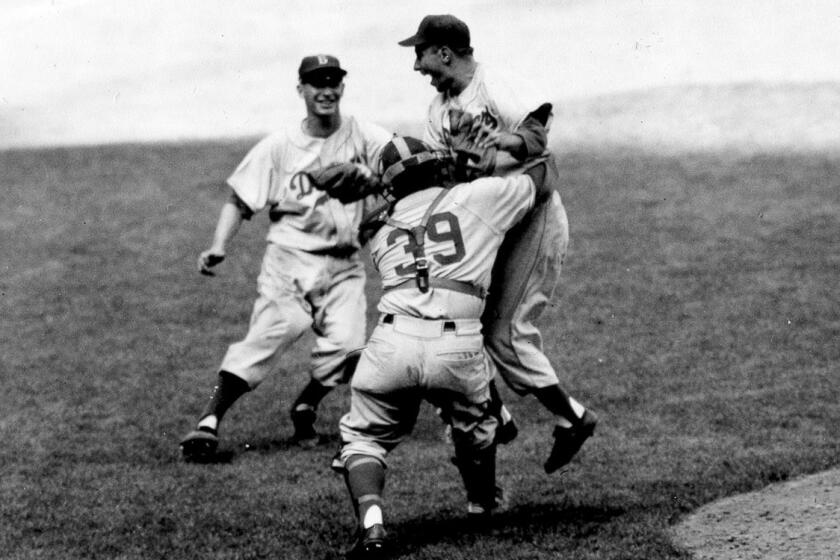Newsletter
Are you a true-blue fan?
Get our Dodgers Dugout newsletter for insights, news and much more.
You may occasionally receive promotional content from the Los Angeles Times.
Jack Harris covers the Dodgers for the Los Angeles Times. Before that, he covered the Angels, the Kings and almost everything else the L.A. sports scene had to offer. A Phoenix native, he originally interned at The Times before joining the staff in 2019.
More From the Los Angeles Times
Most Read in Dodgers
-
-
-
-
Oct. 30, 2024
